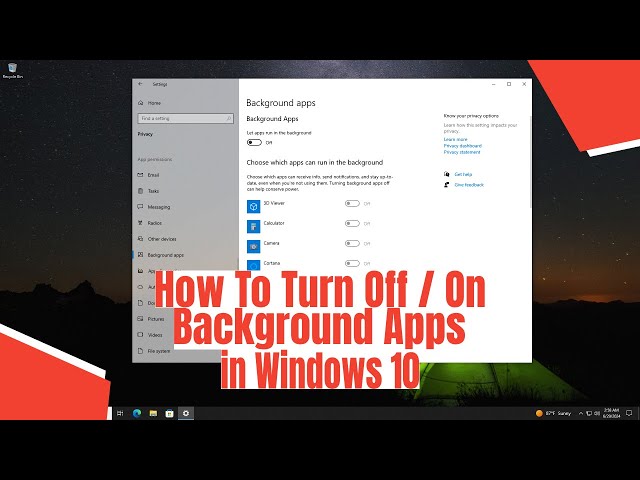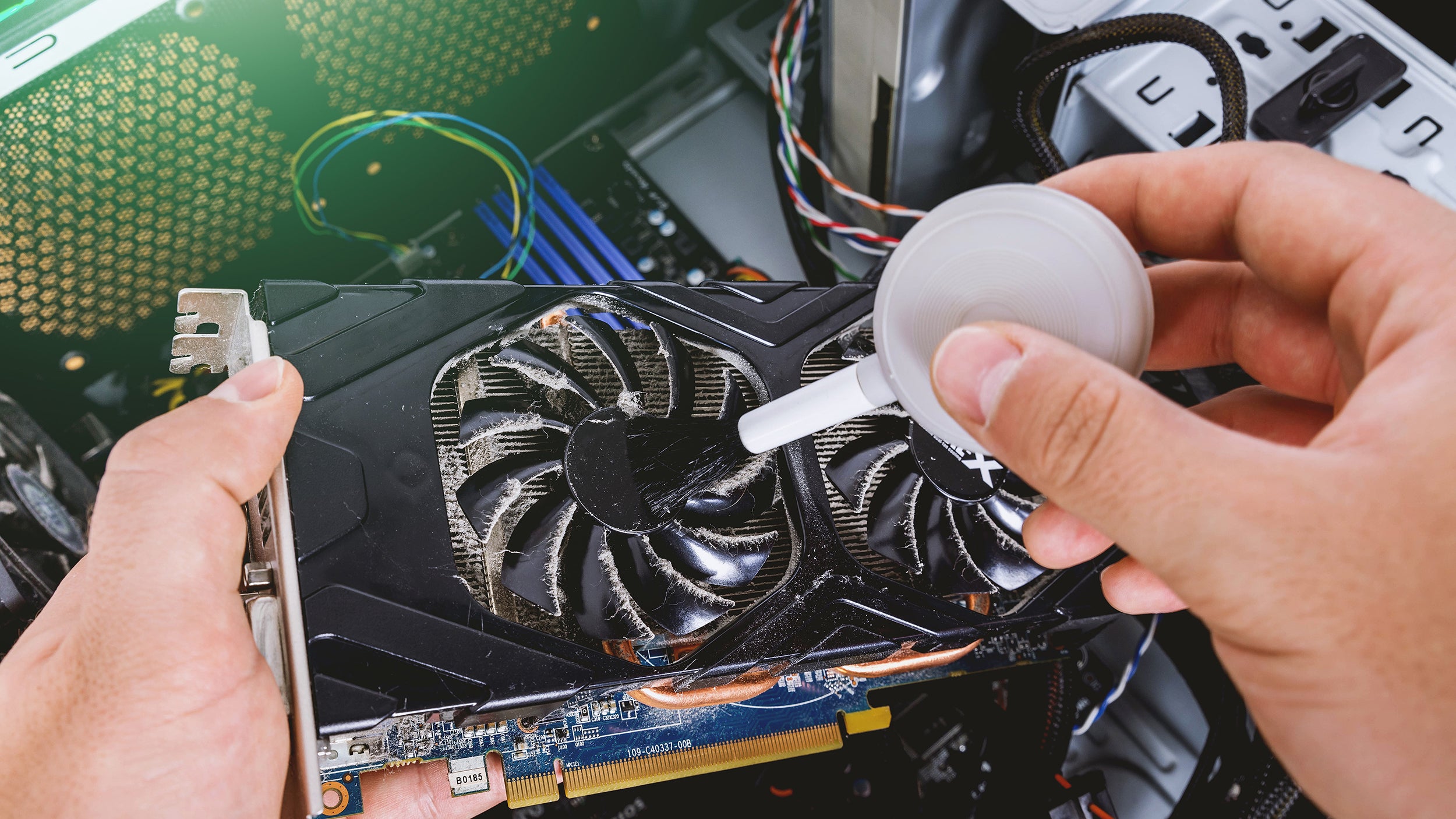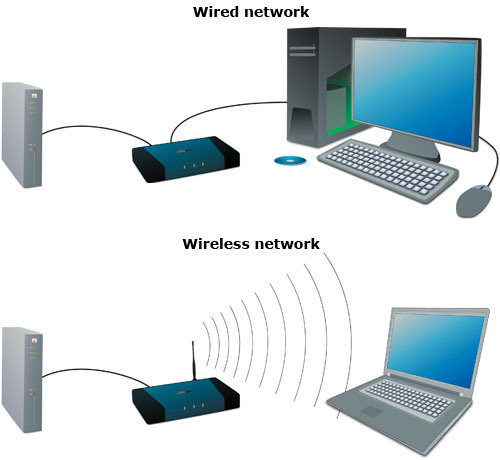Have you ever noticed your Windows computer feeling slow, even when you don’t have many windows open? Or seen apps you thought you closed still appearing in Task Manager? That’s often because many applications like to run in the background. They might do this to send you notifications, sync data, or just be ready to open instantly. But all those apps running silently use up your computer’s resources like CPU (processing power) and Memory (RAM).
Having too many apps running in the background can slow down your PC, make other programs load slower, and even drain battery life on laptops. I was surprised the first time I looked at Task Manager and saw how many things were running without me realizing it! Turning off unnecessary background apps is a simple way to free up resources and potentially speed up your Windows experience.
This guide will show you different ways to control which apps run in the background in Windows.
Why Manage Background Apps?
Managing background apps helps because it:
- Frees Up Resources: Less strain on your CPU, Memory, and sometimes Disk or Network.
- Improves Performance: Makes your computer feel snappier, and programs load faster.
- Extends Battery Life: Apps running in the background consume power.
- Reduces Clutter: Stops unwanted notifications or windows popping up unexpectedly.
Understanding the different ways apps run in the background is key to controlling them.
Understanding Different Kinds of “Background Apps”
The term “background app” can mean slightly different things in Windows, and you manage them differently:
- Startup Apps: These are programs specifically configured to launch automatically every time Windows starts.
- Apps Running After Closing: Some programs, even after you close their main window, might leave processes running in the background (often seen in Task Manager or the system tray).
- Apps with Background Permissions: Certain apps (especially those from the Microsoft Store) are designed to perform tasks like syncing or fetching notifications while not actively open, controlled by specific Windows settings.
Let’s look at how to manage each of these.
Method 1: Stop Apps Launching at Startup (Controls Boot Time)
Stopping unnecessary programs from starting with Windows is a great way to improve how quickly your computer is ready to use and reduces the initial load on resources.
- Open Task Manager: The fastest way is to press Ctrl + Shift + Esc on your keyboard.
- Go to the Startup Tab: Click on the Startup tab at the top of the Task Manager window. (If you only see a small window, click “More details” first).
- Identify Unnecessary Apps: Look through the list of applications. The “Startup impact” column helps you see which ones use the most resources when starting.
- Disable Unwanted Startup Items: Right-click on any program you do not want to start automatically every time you turn on your computer (e.g., chat applications you don’t use constantly, secondary updaters, non-essential tools). Select Disable.
Important: Be cautious about disabling programs you don’t recognize, especially those from Microsoft or your PC’s manufacturer, as they might be necessary for system functions. Focus on third-party applications you installed.
Method 2: Stop Currently Running Background Processes (Immediate Control via Task Manager)
Task Manager shows you everything running on your system right now, including apps you may have closed or processes running purely in the background.
- Open Task Manager: Press Ctrl + Shift + Esc.
- Go to the Processes Tab: This tab is usually the default when you open Task Manager (or click “More details”).
- Identify Resource-Heavy Processes: The “Processes” tab is divided into sections: “Apps” (programs with windows you opened), “Background processes,” and “Windows processes.” Look under “Background processes.” You can click on the CPU, Memory, or Disk columns to sort and see which processes are using the most resources.
- End Unnecessary Tasks: If you see an app under “Background processes” that you know you don’t need running, or if you closed a program but its process is still listed here under “Apps” or “Background processes” using resources, right-click on its name and select End task.
🔥 WARNING 🔥: Be extremely careful! Never end a process if you don’t know what it is, especially under “Windows processes.” Ending critical system processes can cause programs to crash, data loss, or even make your computer unstable. Stick to ending processes for apps you clearly recognize.
Method 3: Use Windows Settings to Limit Background App Permissions (Primarily for Microsoft Store Apps)
Windows has a specific privacy setting that controls which apps, primarily those downloaded from the Microsoft Store (sometimes called UWP apps), are allowed to run background tasks like fetching information or sending notifications.
- Open Settings: Click the Start button and select Settings, or press Windows key + I.
- Go to Privacy & security: In the left-hand menu, scroll down and click on Privacy & security. (In some older Windows 10 versions, this might just be “Privacy”).
- Select Background apps: Scroll down the list of privacy settings on the left (or in the main pane in older versions) and click on Background apps under “App permissions.”
- Manage Background Permissions:
- You might see a toggle at the top like “Let apps run in the background.” Turning this off globally stops many (but not all) apps from running background tasks. However, this can sometimes affect useful features like getting notifications from certain apps.
- A better approach is usually to scroll down the list of individual apps and toggle Off the permission for specific apps that you don’t want running in the background. Go through the list and disable apps that you rarely use or don’t need background updates or notifications from.
Note: This setting primarily affects apps from the Microsoft Store. It generally does not affect traditional desktop applications (like Google Chrome, Microsoft Word, Steam) which are better managed using the Startup settings (Method 1) and Task Manager (Method 2).
Method 4: Check System Tray Icons (Apps Running Silently)
Some applications, when you click the ‘X’ to close their window, don’t actually exit completely. They might minimize to the system tray (the area near the clock on your taskbar) and keep running background processes.
- Look at the System Tray: Check the icons in the bottom right corner of your taskbar, near the clock. Click the small upward arrow to show hidden icons in the system tray.
- Identify Running Apps: See if any applications you thought you closed are still represented by an icon here.
- Exit the App: Right-click on the app’s icon in the system tray. Look for an option like Exit, Quit, or Close. Clicking this will usually close the application and its background processes completely.
I often find apps like chat clients, cloud storage sync tools, or specific hardware utilities hanging out here, still using resources until I manually exit them.
Other Ways Apps Might Run (Advanced)
While less common for typical background apps, some programs also use:
- Scheduled Tasks: Some apps set up tasks to run at specific times (e.g., checking for updates). You can view and manage these in the Task Scheduler utility (search for it in Windows), but this is more advanced.
- App-Specific Settings: Many programs (like Discord, Steam, OneDrive, Spotify) have their own settings within the app itself that control whether they start with Windows or continue running in the background when you close the main window. Checking these internal settings can be very effective.
Putting It All Together
Controlling background apps isn’t a single fix, but rather using the right tool for the job.
- Use Task Manager > Startup to stop apps launching when Windows starts.
- Use Task Manager > Processes to see what is running right now and stop unnecessary processes immediately.
- Use Settings > Privacy & security > Background apps to control background activity for Microsoft Store apps.
- Check System Tray icons for apps hiding there.
- Look in the app’s own settings for startup or background options.
By regularly managing these different types of background activity, you can significantly reduce the load on your Windows system, leading to faster performance, smoother multitasking, and better battery life. It’s a simple maintenance task that makes your computer feel much more responsive.






